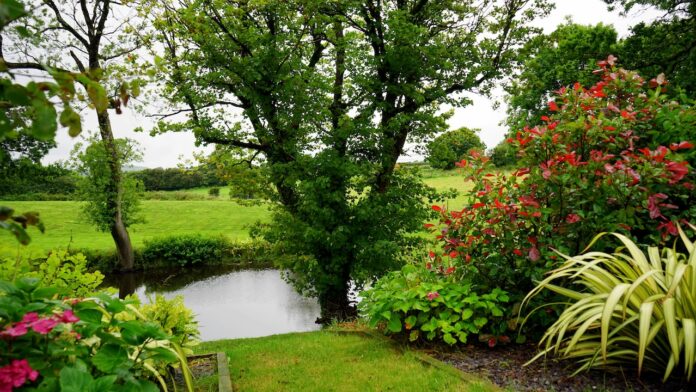When it comes to keeping your backyard trees healthy, it’s important to know the right steps to take and the mistakes you should avoid. If you’re looking for tips on best practices for keeping your trees healthy and vibrant, then you’ve come to the right place! Together, let’s explore the possible pitfalls of improper tree care so that you can bring out the best in your backyard landscape.
1. Lack of Fertilization
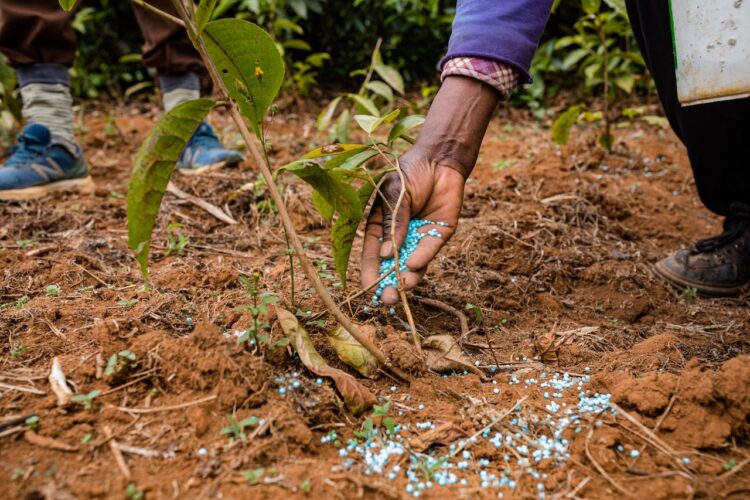
Fertilization is an essential part of their care. When it does not receive the proper amount of fertilizer every year, it can become unhealthy, vulnerable to insect infestations and susceptible to diseases. Inadequate amounts of fertilizer can also cause a tree to stop producing leaves and fruit, significantly reducing its aesthetic appeal.
It is essential to use fertilizer only when necessary and ensure that it is applied correctly. The easiest way to make sure your trees get the nutrition they need is by consulting an arborist, meaning that they will make recommendations on the specific type, amount and timing of fertilization they require. Additionally, fertilizers should be spread evenly around the base of each tree in order to avoid over-concentrating nutrients in one particular area which could lead to root burn or other harm to your trees.
Overall, by providing them with the right nutrients at the appropriate times throughout the year, you will be able to keep them healthy and strong while preserving the beauty of your backyard landscape.
2. Poor Soil Conditions
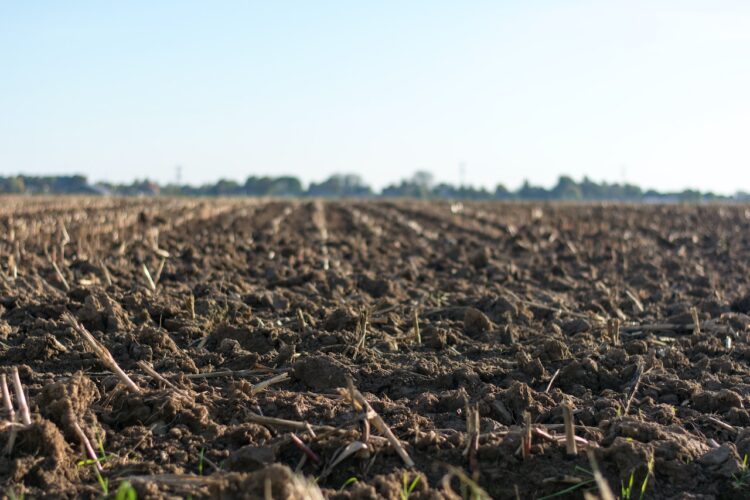
When planting them, it’s important to select a species that will be both hardy and vigorous in the local climate and the soil in which it is planted. While most home gardeners can provide outstanding adverse growing conditions for them, access to poor or incompatible soils can limit a tree’s capacity for growth.
Poor soil has many characteristics that can encumber tree growth including; shallow or gravelly soils, waterlogged or soggy soil caused by poor drainage from heavy clay soils, sandy soils lacking organic material, salinity or alkalinity issues caused by poor drainage or chemical runoff entering the soil, or nutrient deficient soils containing low levels of essential minerals used by the tree for photosynthesis and root development.
To avoid these pitfalls when planting them, it is wise to incorporate organic matter such as compost into your grow bed while also conducting a pH test every few years to assess if any corrective measures need to be taken. Furthermore, regularly amending surrounding gardens with compost helps keep soil healthier by encouraging microbial activity and adding nutrients. Choosing well-draining native species whose root systems are accustomed to the local environment ensures a greater chance of success when planting in natural settings.
3. Poor Pruning Practices
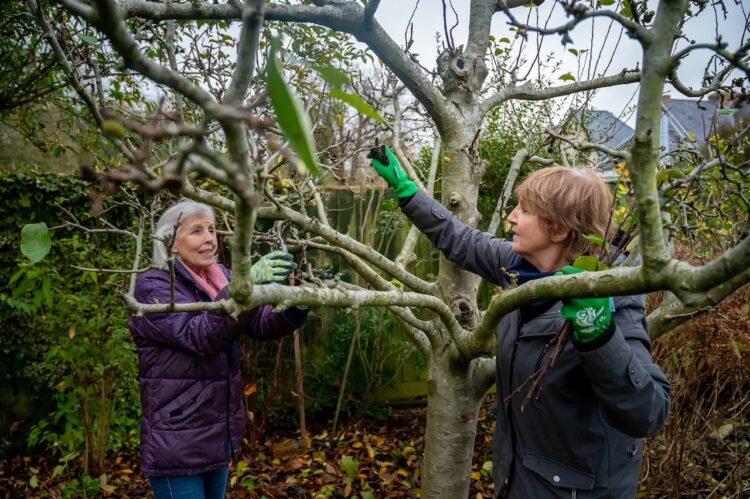
Although pruning can be beneficial for them, it is important to avoid bad pruning practices that may have a negative effect on tree health. To keep them healthy, take care to avoid these common mistakes:
-Removing more than 25% of a tree’s crown can put it under extreme stress since it restricts photosynthesis and heavily affects the tree’s ability to sustain itself.
-Crowding a branch with too many cuts when pruning can weaken the branch and create excessive stress on the limb. It is important to wait at least two years between pruning one particular branch and attempting another round of trimming.
-Topping is an extremely damaging practice that involves cutting off all of a tree’s upper branches in order to achieve a desired shape or height, leaving the main trunk and stubby branches below. This change in balance can cause a host of other problems for the tree.
-Making non-vertical heading cuts from horizontal branches may create large wounds that are difficult for trees to heal as well as increase susceptibility to disease and future rot buildup. It also puts more weight on one side which can cause further damage if not done properly.
If you must trim your backyard trees, take care not to commit any of these common mistakes. By practicing proper pruning techniques, you can help ensure the health of your backyard trees for years to come!
4. Pest and Disease Control
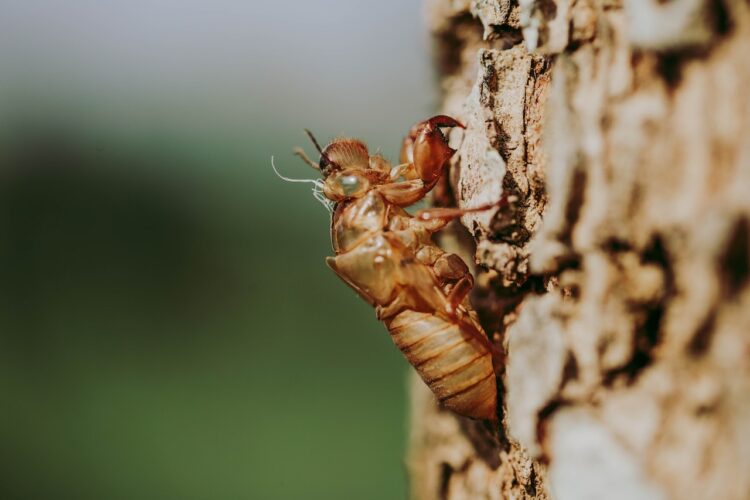
Pests and diseases can cause significant damage to them and landscaped areas if not properly mitigated. To protect them from pest-borne diseases, you should carry out regular inspections to detect any infestations or signs of disease early. Make sure to inspect the entire canopy as well as the trunk, roots, and nearby areas.
The most common pests that attack backyard trees include aphids, moths, beetles, flies, wasps, scale insects, and other bugs that feed on leaves or sap. These creatures can form colonies if undetected for long periods of time, resulting in major tree damage and even tree death in serious cases. Diseases caused by fungi are another major threat. Fungal infestations spread through the release of small spores that can infiltrate vegetation quickly; oftentimes unseen until it is too late and the infection has already taken hold.
To ensure your backyard tree’s well-being avoid these common mistakes:
-Not properly monitoring for pests or disease activity -Procrastinating on treatment options such as pruning diseased branches or applying chemical treatments -Failing to disinfect tools after use to prevent cross-contamination -Applying inappropriate treatments such as fungicides on non-fungal issues
Implementing a regular inspection schedule combined with appropriate control strategies is critical for maintaining healthy backyard trees and helping them resist pests and disease-related stresses. Investing some time into researching appropriate treatments for any issues that arise is key to keeping your backyard looking its best!
Conclusion
Maintaining the health of your backyard trees requires patience, persistence, and regular attention. Following the above tips can help you minimize common mistakes and keep your trees growing strong for future years. Don’t forget to check out regional extension offices and other local resources if you need more in-depth help with specific tree types or problems. Most importantly, pay attention to the signs from your trees and take action when their needs aren’t being met!

